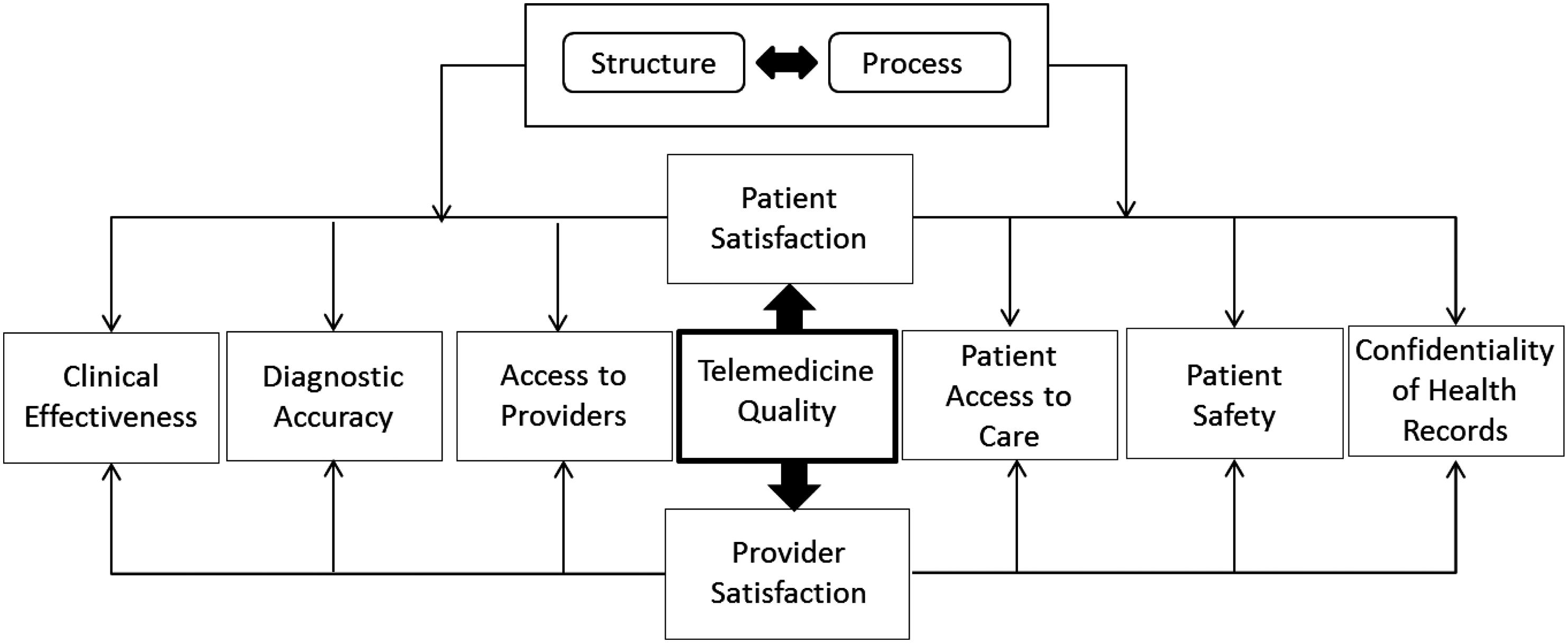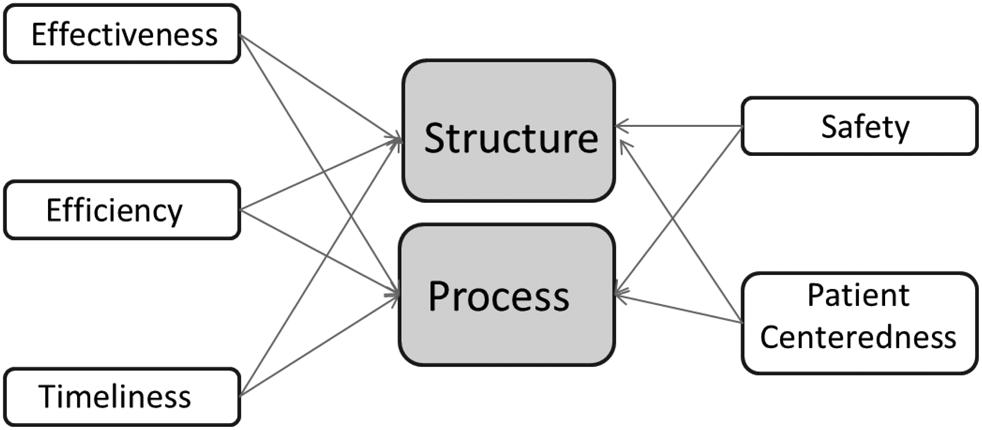
1 minute read
5 Data and Information
Chapter 5 Data and Information
The ability to collect, analyze, and derive insight from data is a vital component of a successful performance improvement process. Most healthcare organizations claim to be undertaking quality improvement (QI) initiatives, but only a few can demonstrate proof of sustainable success. Part of the problem lies in the failure to effectively manage data and information. The critical failure factors in the use of data and information are as follows:
Advertisement
◾ Lack of access to the right data ◾ Lack of in-house data analytics skills ◾ Analysis limited to the data available rather than the data needed ◾ Inability to convert the data into information ◾ Analysis that provides insufficient insight ◾ Inexperience with data collection tools and methodology ◾ A culture that relies excessively on “gut feel,” hunches, and wild, arbitrary guesses ◾ Lack of accountability ◾ Insufficient use of technology to harness the right data
The term “analytics” refers to the systems, tools, and techniques that help healthcare organizations gain insight into current performance, and guide future actions, by discerning patterns and relationships in data and using that understanding to guide decision making (Strome, 2013). Analytics in healthcare is principally aimed at improving the safety, efficiency, and effectiveness of healthcare delivery systems. Most importantly, analytics creates





